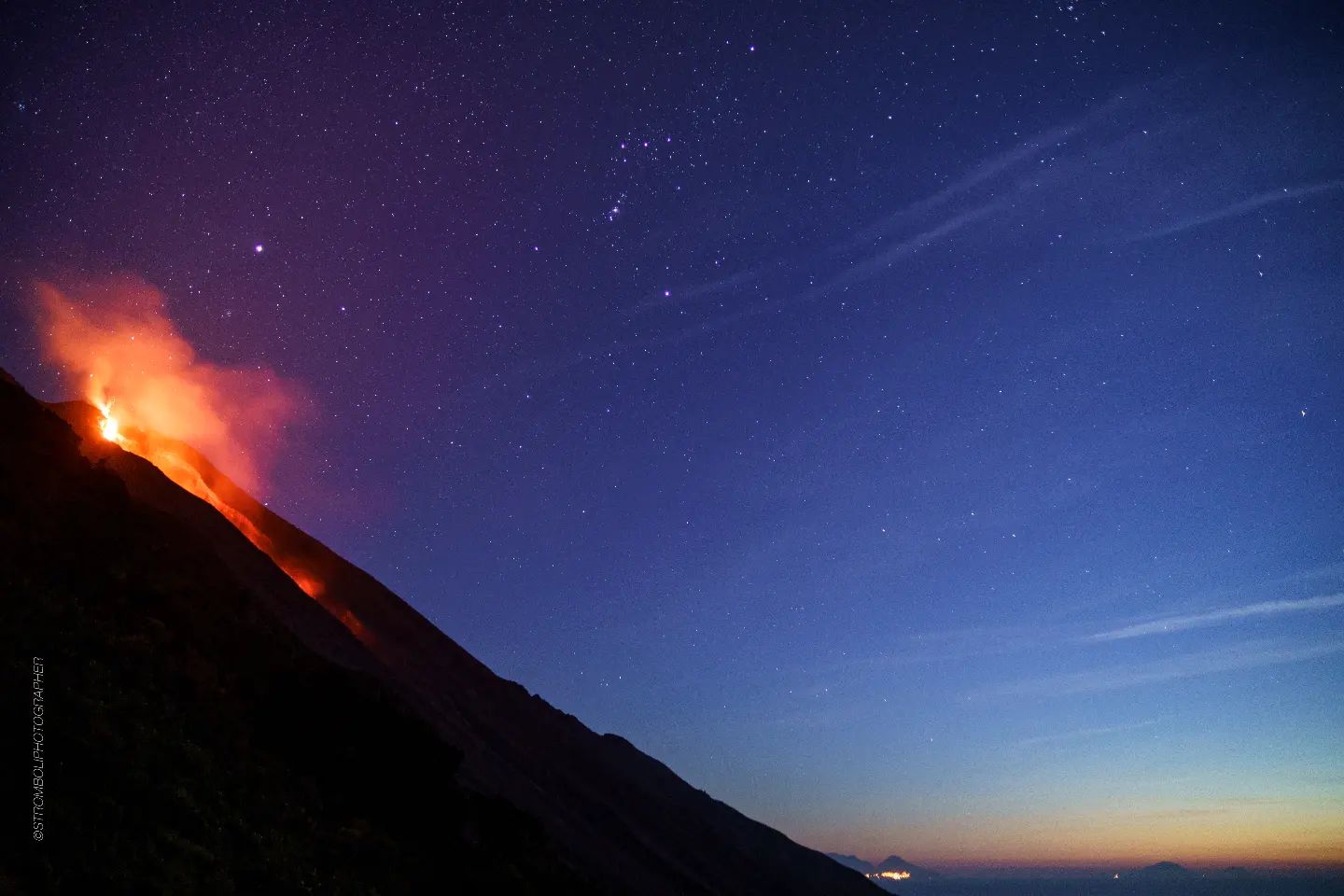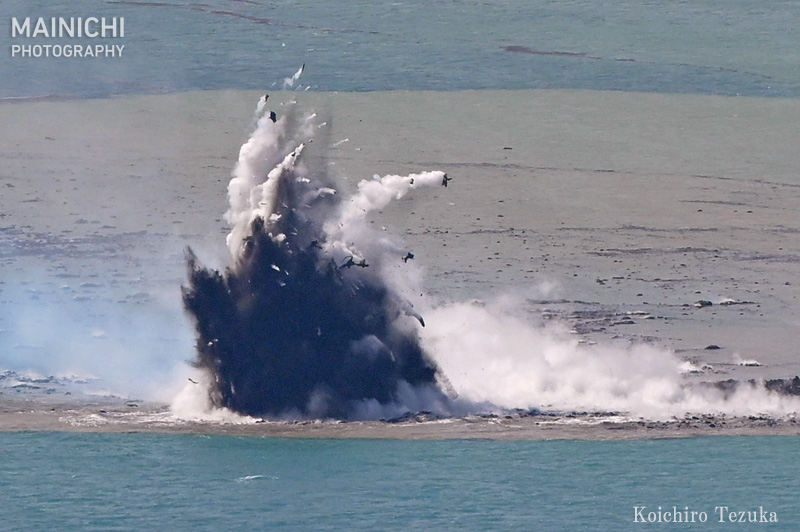June 24, 2024. EN. Italy : Stromboli , Colombia : Puracé , Ecuador : Sangay , United States : Cascades Range / St Helens , Guatemala : Fuego .
June 24 , 2024. Italy , Stromboli : Press release on Stromboli activity, June 23, 2024 2:17 p.m. (12:17 p.m. UTC) The National Institute of Geophysics and Volcanology, Osservatorio…


